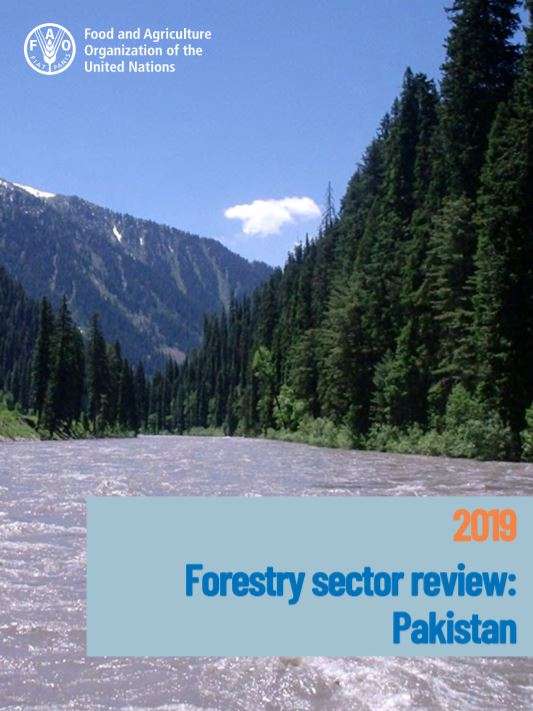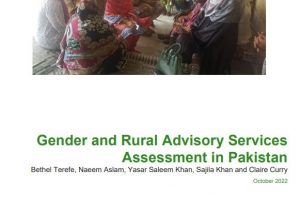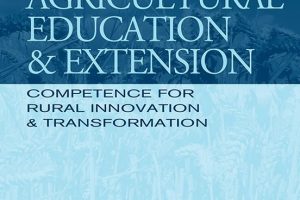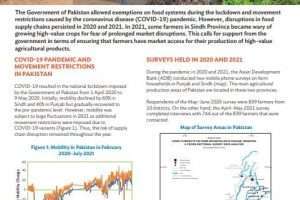Realizing the importance of the forestry sector’s contribution to climate change mitigation and consequently to the improvement of local livelihoods, the World Bank and FAO-Pakistan launched the Forestry Sector Review in 2017. The objective of the Review is to provide a better understanding of current and potential environmental, social, and economic impacts of the forestry ecosystem in the country.
Pakistan is a federation of four provinces; Balochistan, Khyber Pakhtunkhwa (KP), Punjab and Sindh. The country has three special areas i.e. Federally Administered Tribal Area (FATA)1, Gilgit Baltistan (GB) and Islamabad Capital Territory (ICT). Pakistan is a forest poor country with a small area of 4.478 million ha (5.1 percent) under forests. This amounts to 0.021 ha per person, compared to the world average of 1 ha/person. The contribution of the forestry sector to the GNP and GDP as per official estimates seems quite insignificant, primarily due to the fact that a multitude of non-timber forest products (NTFP) and non-tangible environmental and ecological benefits of the forests are not taken into account. This review provides estimates of the total extent of forestry resources and identifies opportunities and hotspots while providing key recommendations for realizing a future sustainable forest system in Pakistan.Appropriate mechanisms and a well-defined strategy are required to address the numerous issues involved in sustainable forest management. The Review also highlights the involvement and contributions of local communities as an essential element for natural resource management and biodiversity conservation.





Add Comment